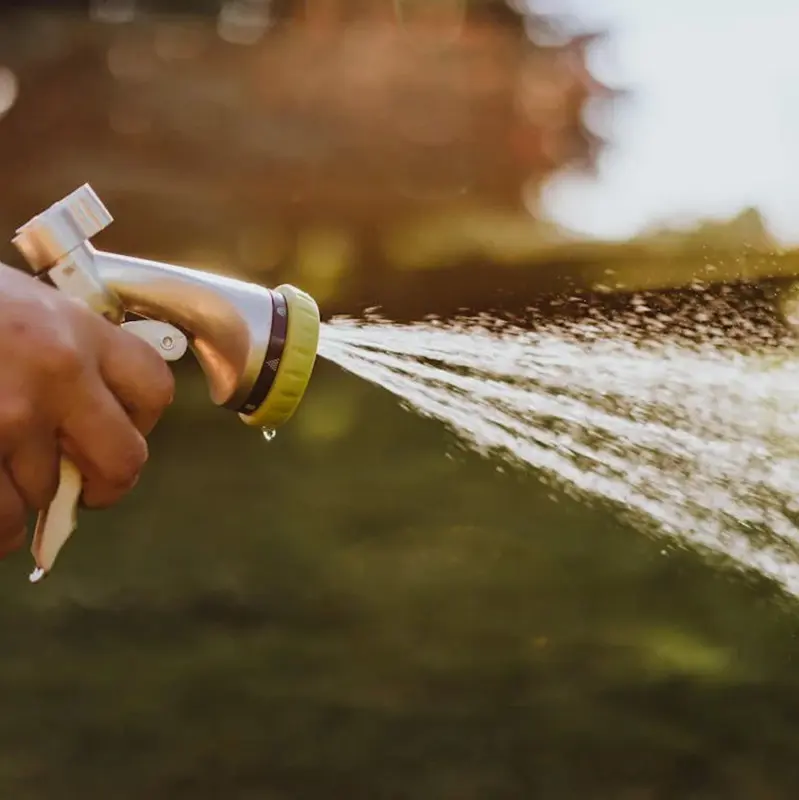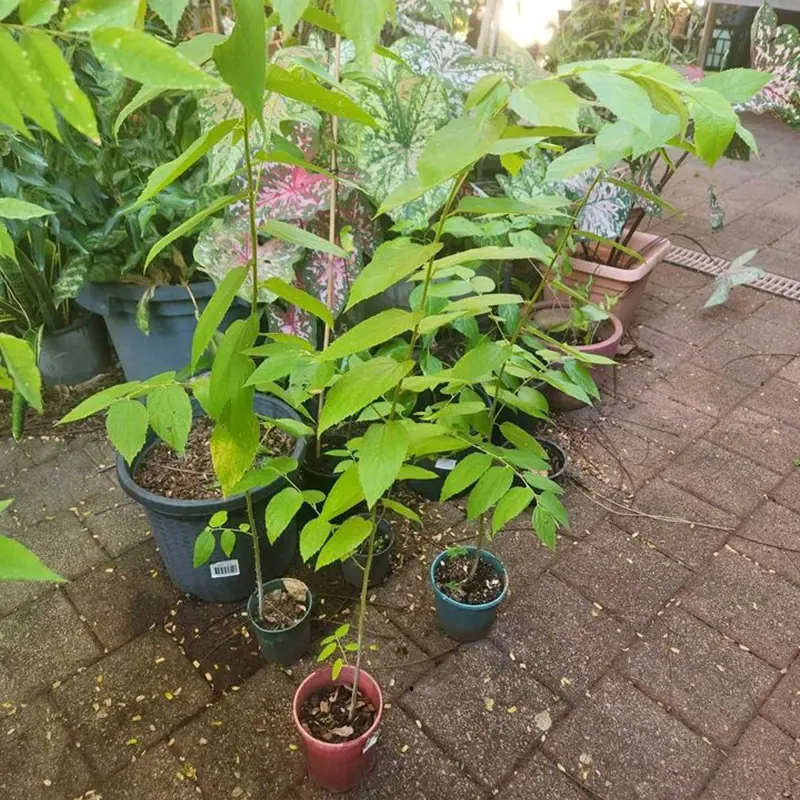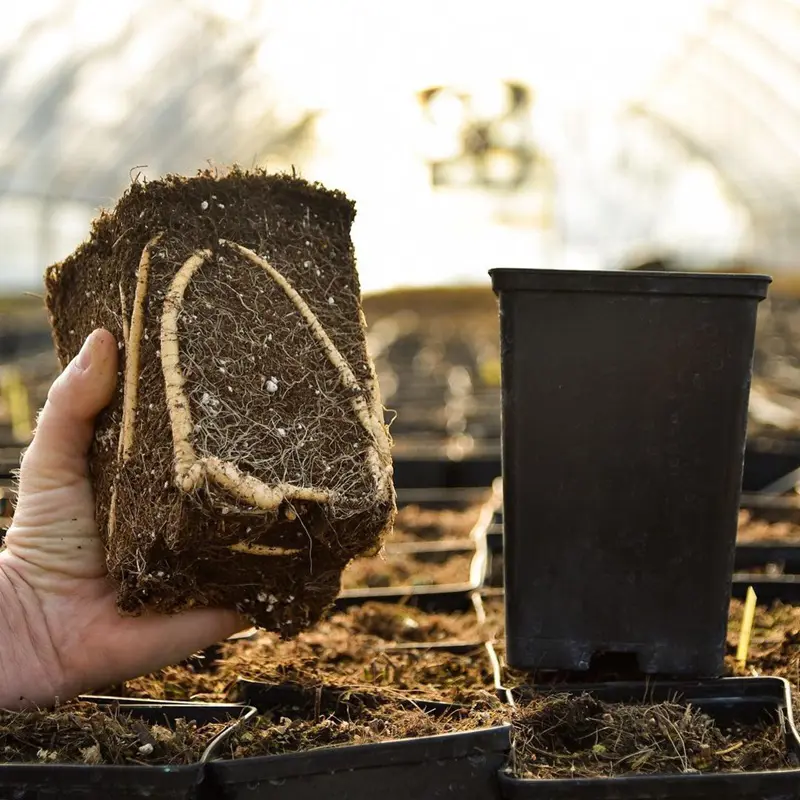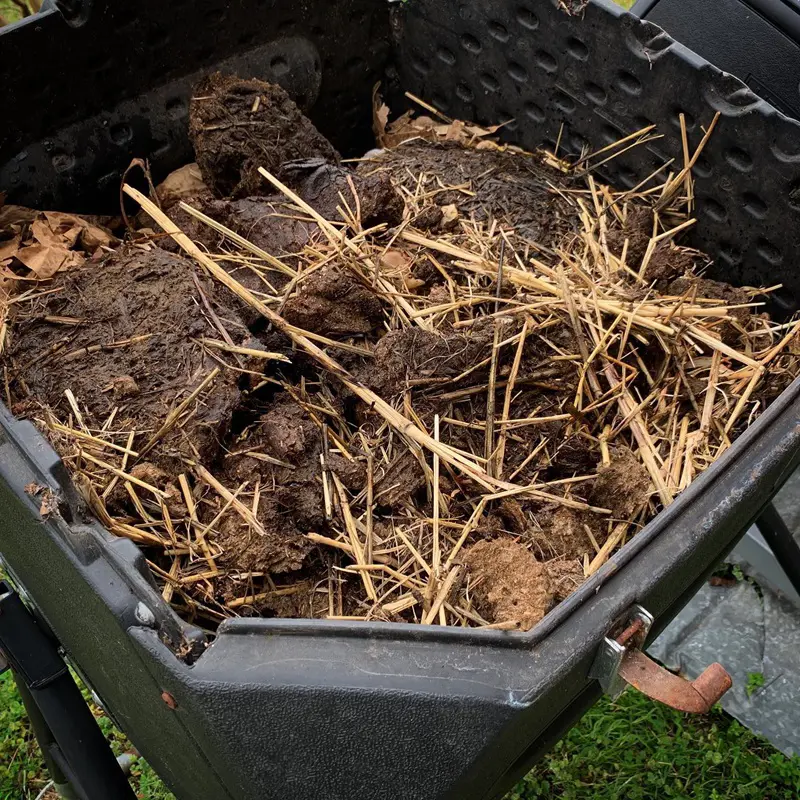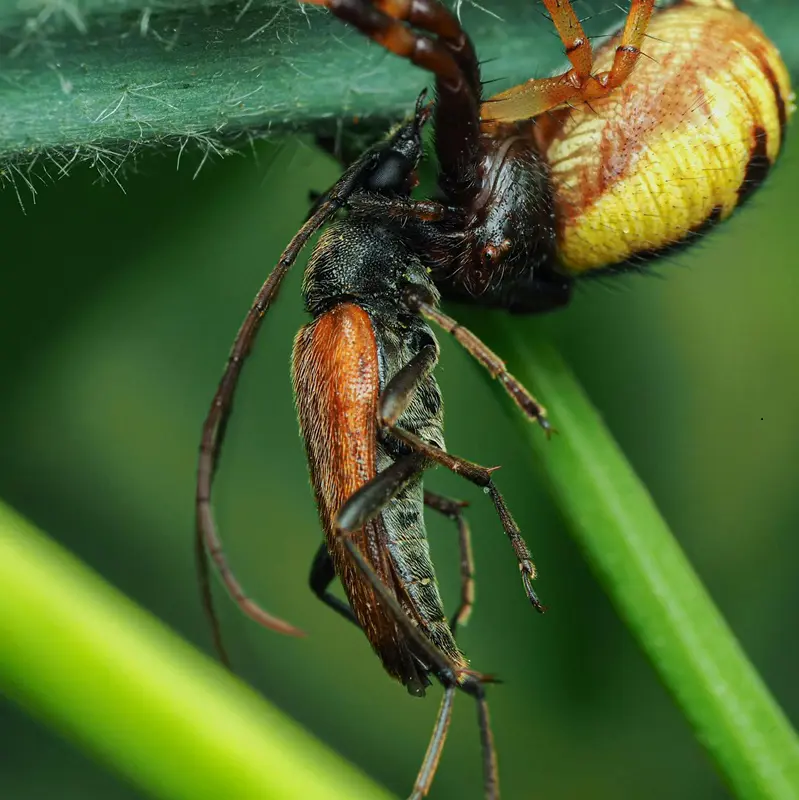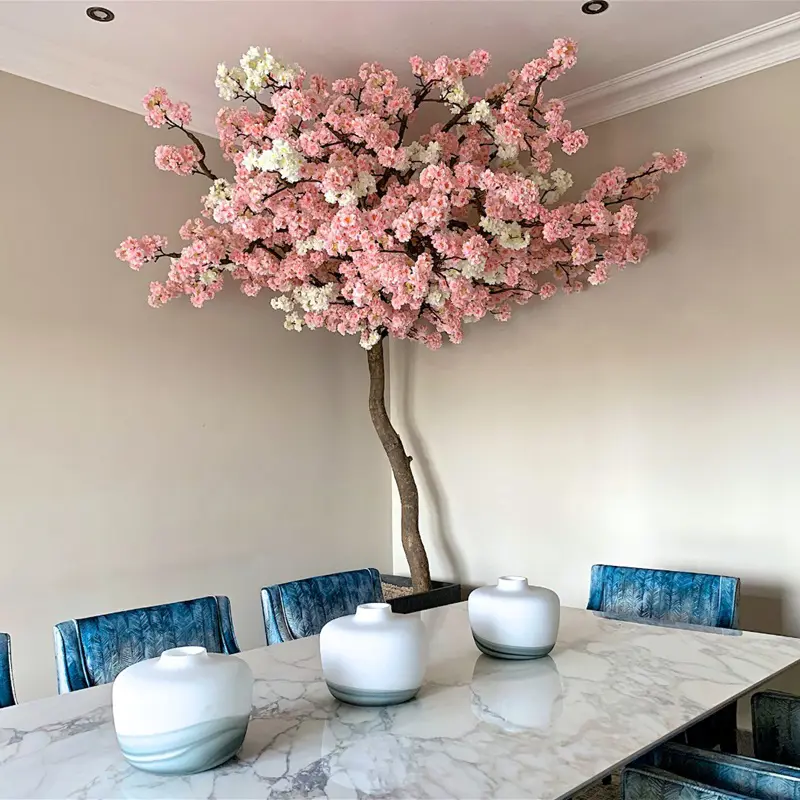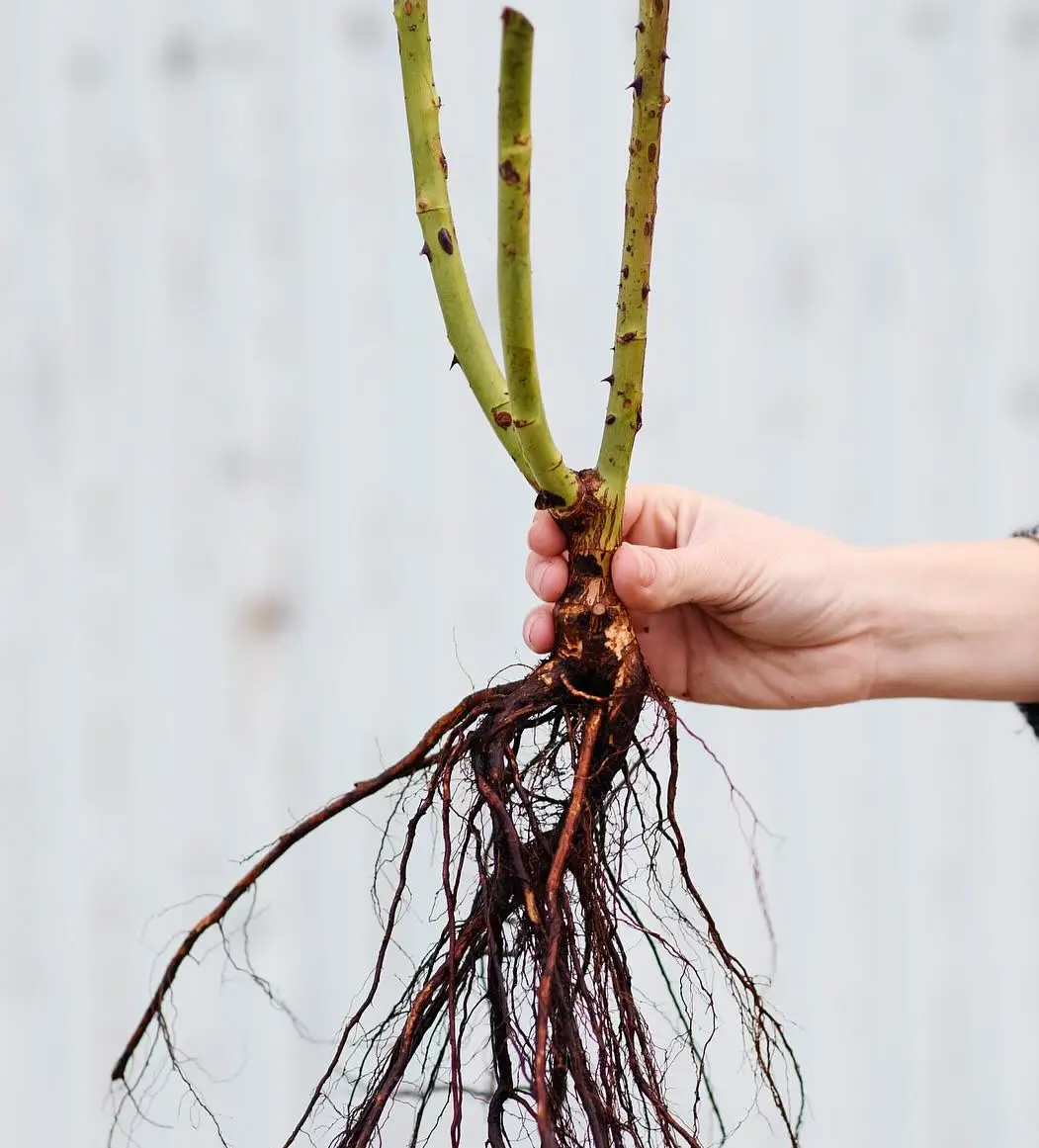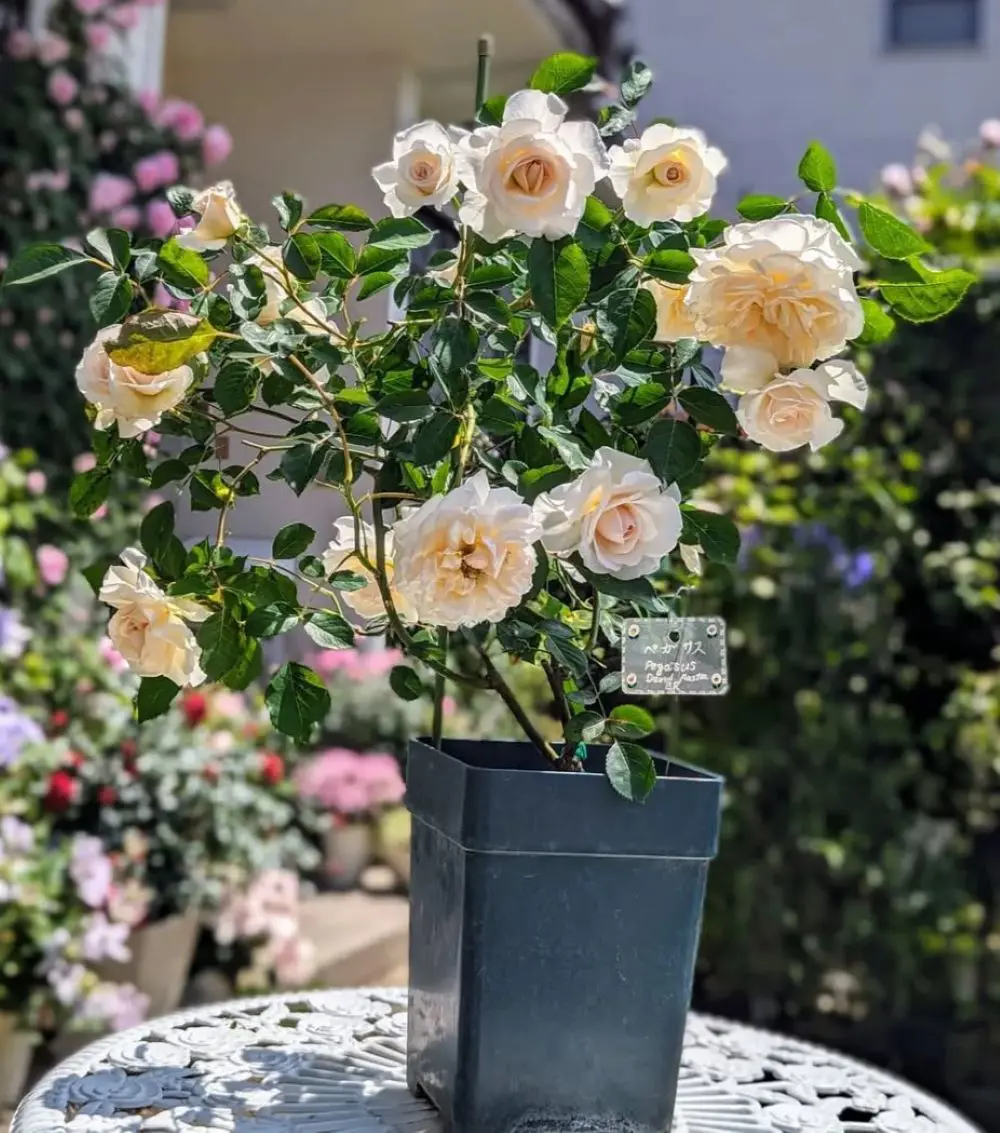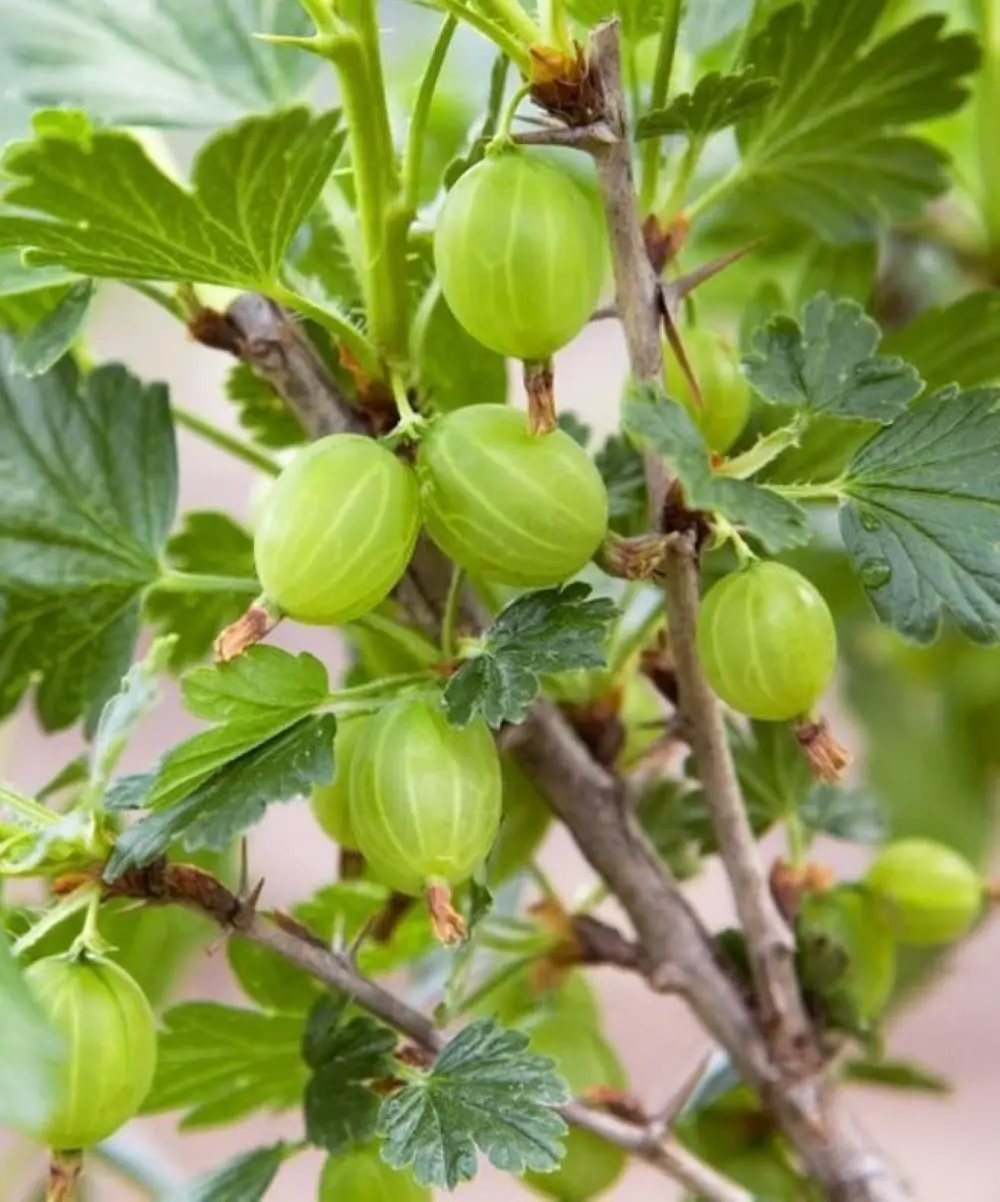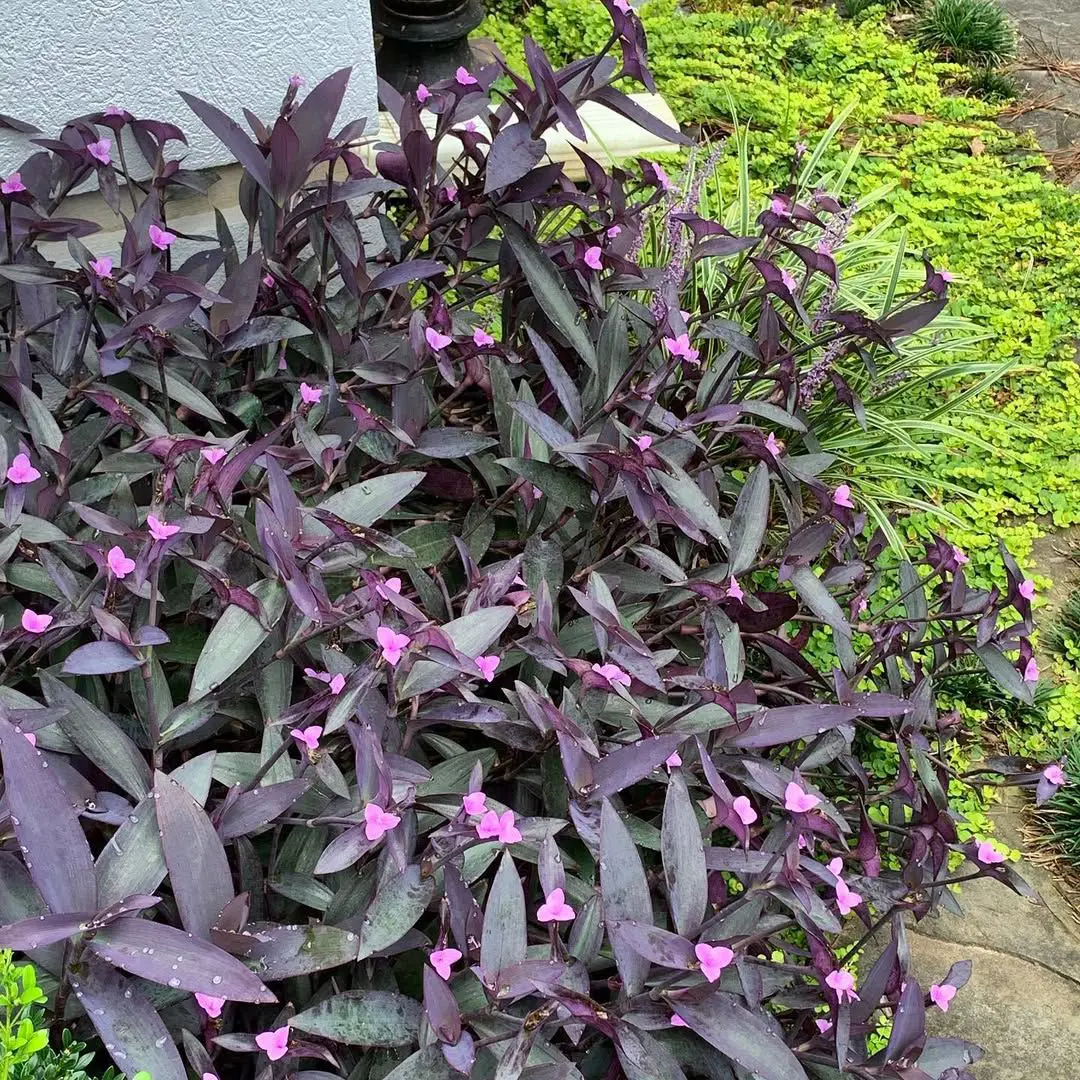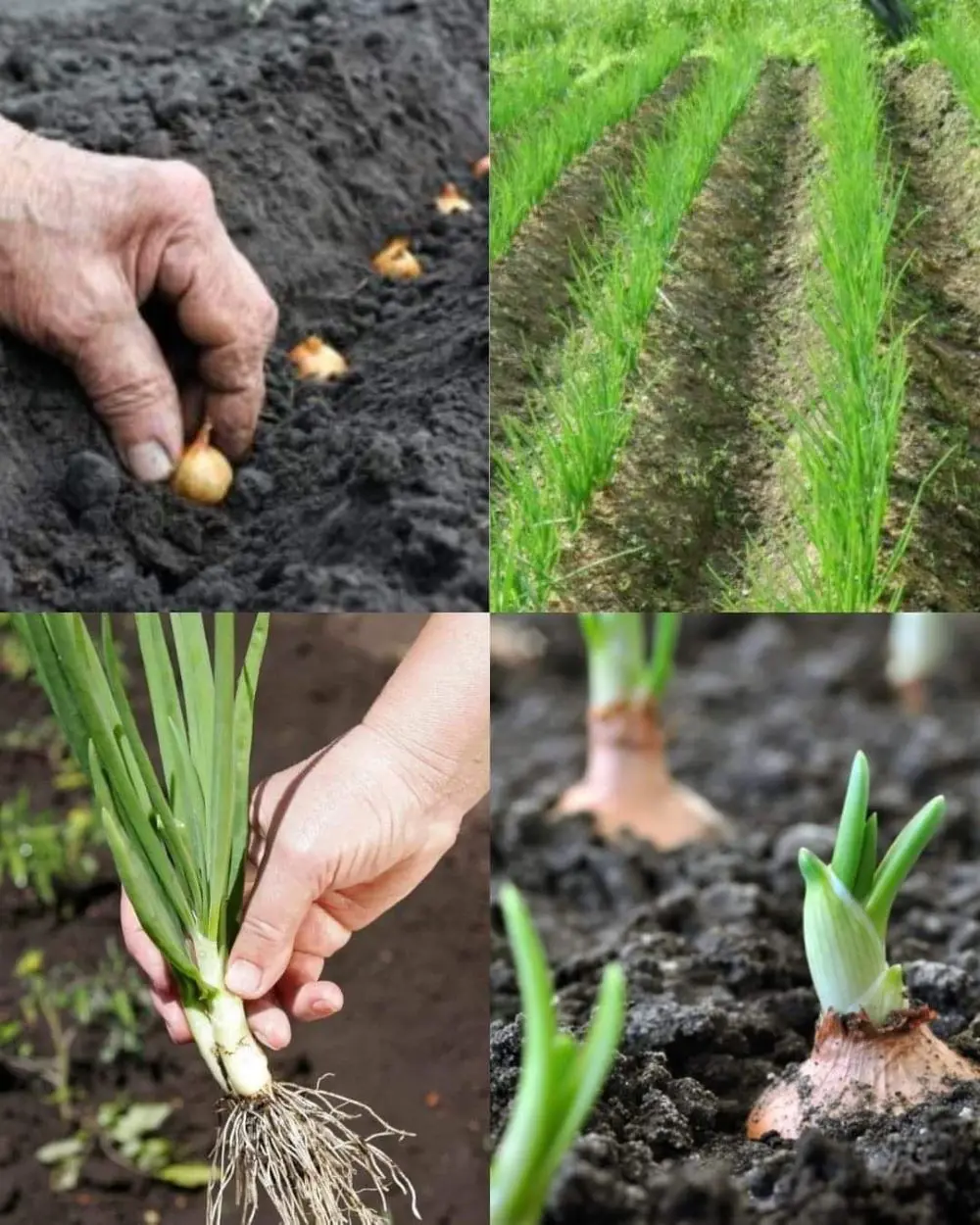How To Grow Cherry From Seeds
Before getting onto the steps let's look at the prerequisites;
Soil
The best soil for any cherry tree should be considered first to ensure good growth of them. Members of the cherry family prefer well-draining, loamy soil that's slightly acidic to neutral, falling between 6.0 and 7.0. Heavy clay or sandy soils are quite difficult to make the roots establish as they either hold too much moisture or drain too fast.
Consider the addition of organic matter like compost or peat moss to your soil to ameliorate the texture and drainage if your soil is on the clay side. Very sandy soils should have the benefit of compost to aid the soil in at least maintaining a little moisture along with some food.
Site Preparation
Selecting the proper site would be as important as its soil. Cherry trees need a full sun location,6-8 hours of direct sun a minimum daily. Air circulation is key to keeping your tree healthy.
Do not plant in low spots where cold air and moist air may become trapped. Prepare the planting area by removing weeds, rocks, and other debris. For instance, you can prepare your garden bed by tilling the soil to 12-15 inches deep to loosen it and make it penetrable for the roots.
Transplant
Once your cherry seeds have germinated and are young seedlings, they could be transplanted into permanent positions. Before you do the transplanting, the seedlings should have grown strong with at least 6-8 true leaves. To start, dig a hole about twice as wide and the same depth as the root ball of the seedling.
Take out the seedling from its container so as not to cause any damage to the roots. Center the seedling in the hole so that the top of the root ball is level with the soil surface. Fill in the hole with the removed soil, tamping it gently to avoid air pockets. Water well to settle the newly transplanted seedling.
Transplanting and Spacing
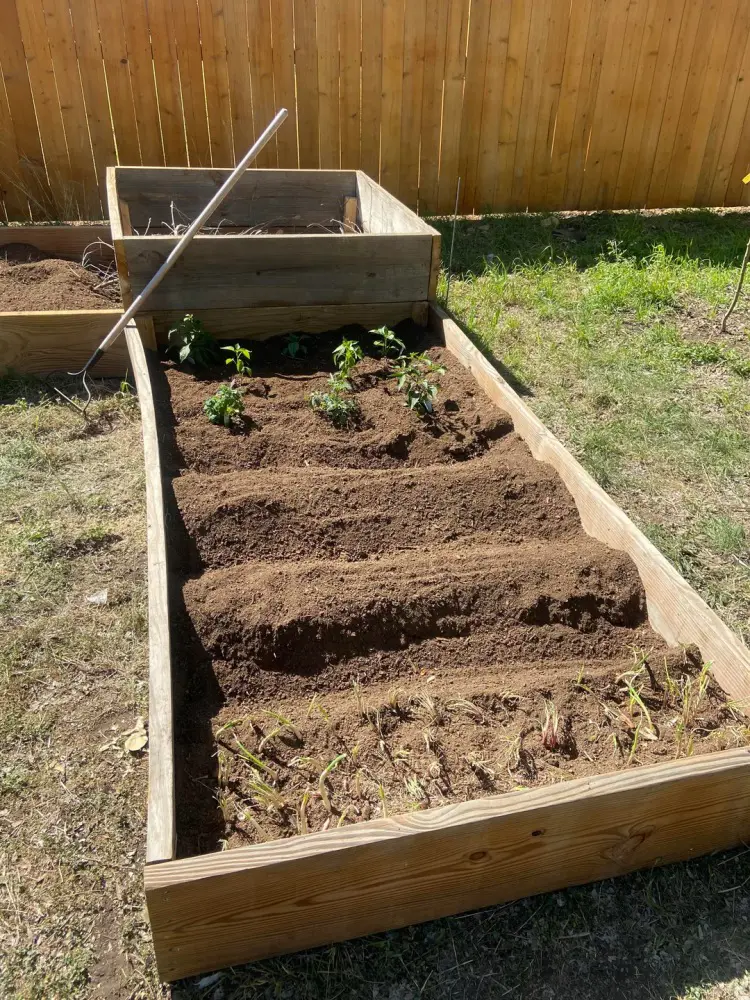
Giving cherry trees proper spacing is essential to allow them to grow properly. Put 15-20 feet between sweet cherries and 20-25 feet between sour cherries if more than one tree is to be planted.
This will keep the density of the canopy not too close, allowing proper air circulation around the trees and hence reducing the incidence of disease. When planting one tree, make sure there is a 10-15-foot space between buildings or large structures.


